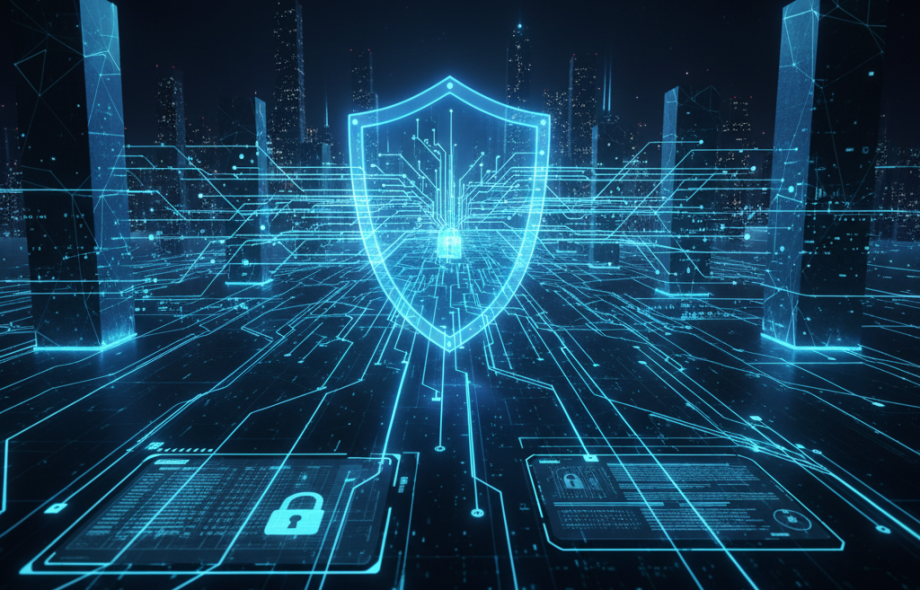Digital twins are rapidly becoming one of the most talked-about technologies across various industries. This innovative concept involves creating a virtual model of a physical object or system, allowing for real-time monitoring, analysis, and optimization. From manufacturing to healthcare to smart cities, digital twins have the potential to revolutionize how we interact with the physical world.
One of the key benefits of digital twins is their ability to provide a real-time representation of a physical asset or process. This allows for better decision-making, predictive maintenance, and improved overall efficiency. For example, in the manufacturing industry, digital twins can help optimize production processes, reduce downtime, and improve product quality by analyzing data collected from sensors within the virtual model.
In the healthcare sector, digital twins can be used to create personalized models of patients to help doctors make more informed decisions about treatments and interventions. By simulating different scenarios and treatments, healthcare providers can deliver more targeted and effective care to their patients. Additionally, digital twins of medical devices can be used for predictive maintenance, ensuring that equipment is always in optimal condition.
Smart cities are also embracing digital twins to improve urban planning, optimize resource allocation, and enhance the overall quality of life for residents. By creating virtual replicas of city infrastructure, such as transportation systems, energy grids, and buildings, city planners can make informed decisions about future development and upgrades. This can lead to more sustainable and efficient cities that are better equipped to handle the challenges of the 21st century.
Overall, the potential of digital twins is vast and continues to grow as technology advances. As more industries adopt this technology, we can expect to see even greater improvements in efficiency, productivity, and innovation. By harnessing the power of digital twins, businesses and organizations can stay ahead of the curve and drive success in an increasingly digital world.
In conclusion, digital twins are poised to revolutionize industries across the board, from manufacturing to healthcare to smart cities. By creating virtual models of physical assets and systems, businesses and organizations can improve decision-making, optimize processes, and drive innovation. As this technology continues to evolve, the possibilities are endless, and the benefits are clear. It’s time to embrace the power of digital twins and unlock their full potential for a brighter and more efficient future.
 :
https://www.pinterest.com/xceltec0192/
:
https://www.pinterest.com/xceltec0192/












